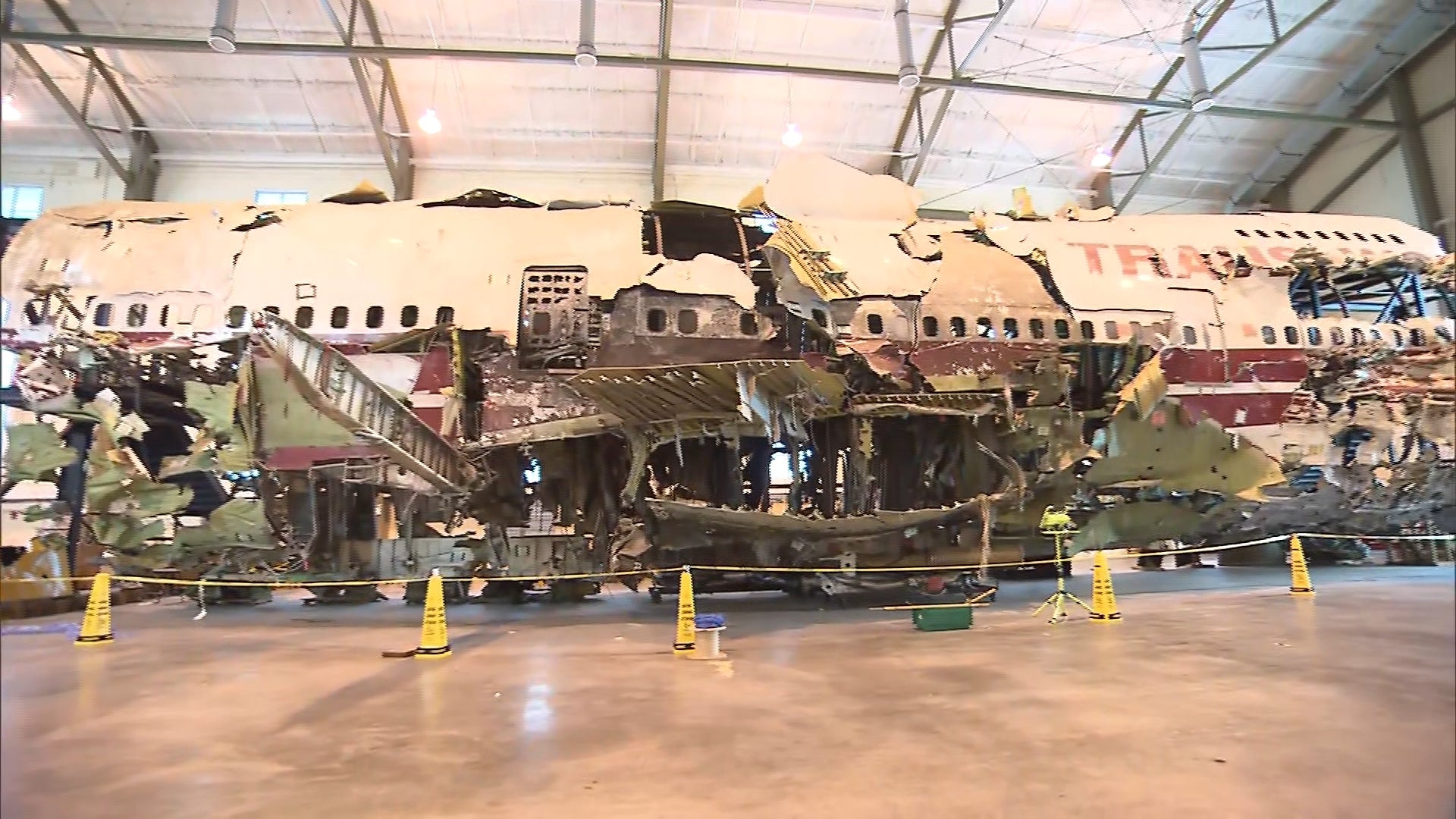
The original route, from San Francisco to New York City, was nicknamed the “Highway of Light” and roughly followed the present-day path of Interstate 80, especially in the West. They guided open-cockpit biplane pilots along established routes on an 18,000-mile national mail-delivery network.

The arrows, from 50 to 70 feet long and usually painted bright yellow for visibility, were about 10 miles apart on average, depending on whether the terrain was flat or mountainous. “Finding them is usually a matter of getting into a vehicle and looking for them firsthand,” said pilot Patrick Wiggins of Utah, who shares his knowledge of the concrete arrows as part of NASA’s Ambassadors public outreach program. The exact number of survivors isn’t known, even in the Google Maps era, likely because most that are left are in rural or otherwise lightly trafficked areas - though one graces a front yard southeast of Minneapolis. Commerce Department’s Bureau of Air Commerce.Īn estimated 200 of the arrows remain today, varying in condition from good to poor, but the Acalanes Ridge arrows are believed to be the only mostly intact set still found in the Bay Area. The arrows were accompanied by revolving beacons that replaced a ragtag collection of bonfires and burning oil drums. It is a remnant of the Transcontinental Airway System, a network of about 1,550 concrete arrows built from 1924 to 1931 to help airmail pilots complete nighttime transcontinental flights faster than trains in an era before radar was practical in aviation. But a large concrete double arrow, now covered by graffiti and offering no clue to its onetime purpose, still drapes over the crest of the ridge, only slightly visible from the main trail. And it was only last April when Clark first ventured up Acalanes Ridge to the spot where the beacon had been, on a city-sponsored “Walk with the Mayor” led by Bob Simmons.Īll traces of the beacon and its tower, save some steel mounting braces, are long gone. It wasn’t until years later she learned what “Beacon 1B” did - help airplanes fly through the dark of night. “It shone right through the window, and I loved it.” “My mother kept wanting to close the curtains, but I said, ‘No, I like watching the beacon,’ ” said Clark, now 76 and living again in Walnut Creek. It was a reassuring presence for a 5-year-old, even if she didn’t know the beacon’s purpose. WALNUT CREEK - It was 1944, and Carol Eisenman Clark clearly remembers the beam from the Acalanes Ridge beacon a mile or so away lighting up her bedroom below.


 0 kommentar(er)
0 kommentar(er)
